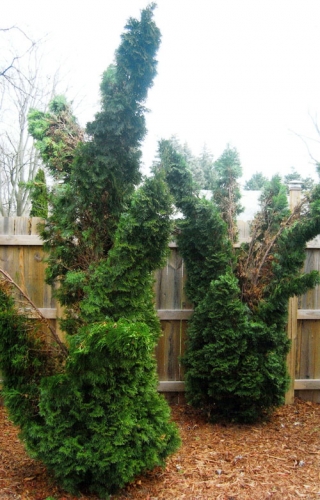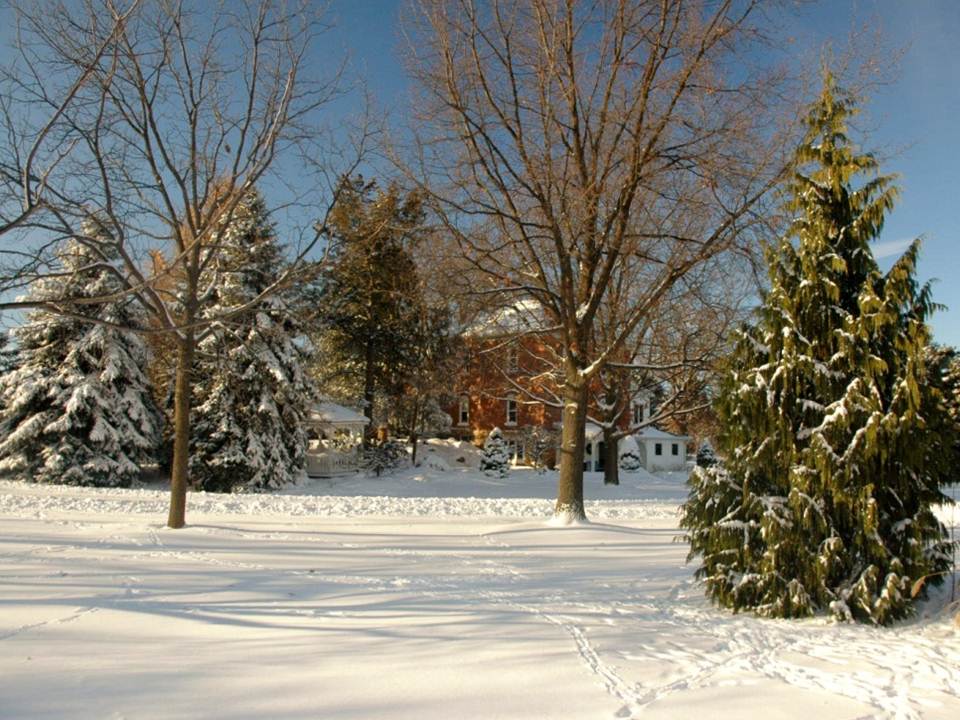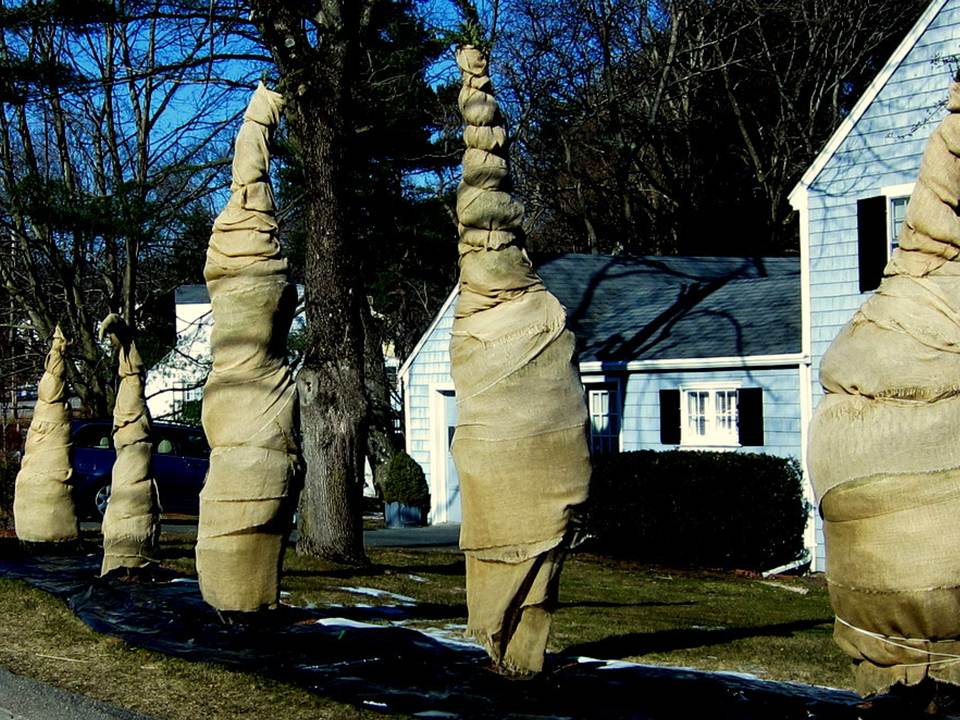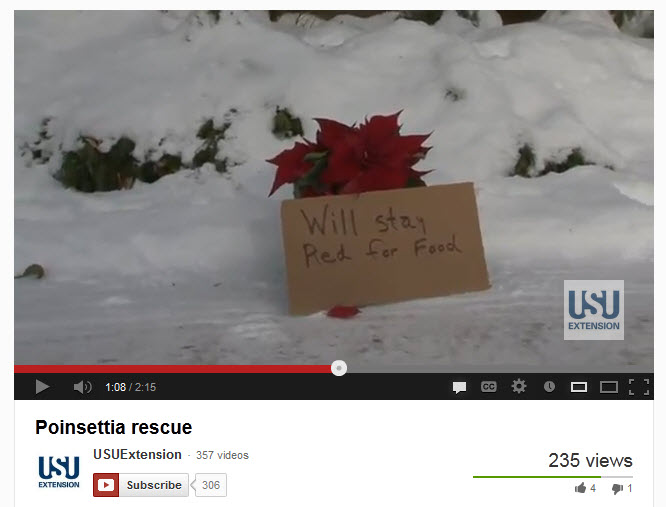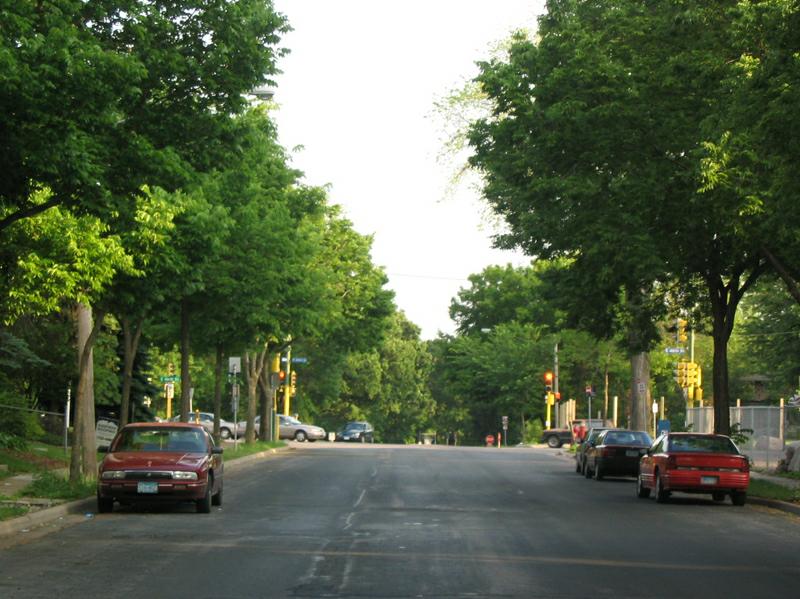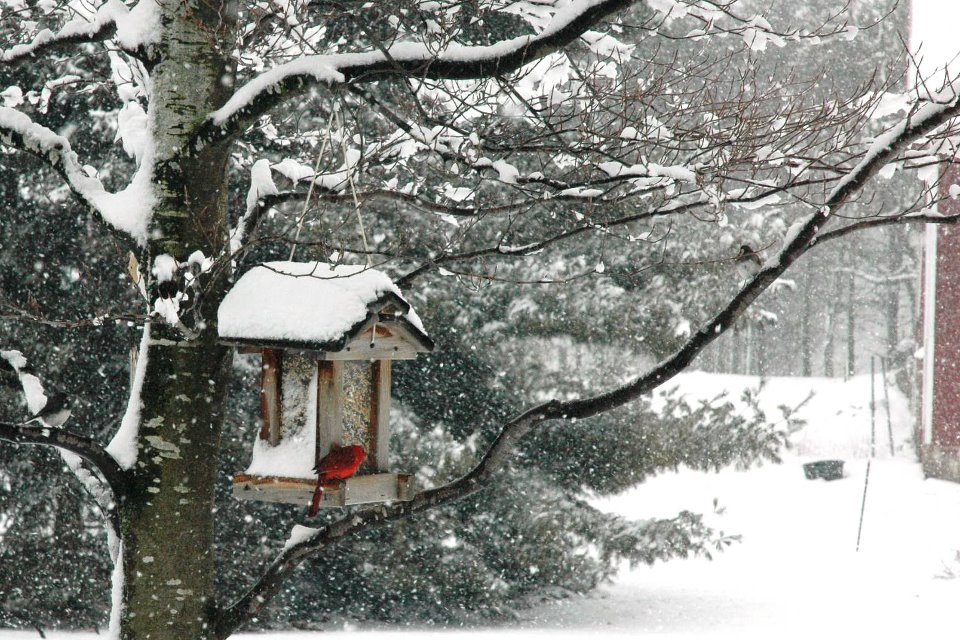
Last week dedicated blog follower Ray E. sent me this link to a story in the Smithsonian magazine. It’s a fascinating look at adaptive responses by frog eggs and apparently is causing quite a stir in the evolutionary biology community. Phenotypic plasticity, which is the ability of an organism to modify its appearance or behavior based on environmental cues, is being hailed as a “revolutionary concept in biology.”
I don’t get it.
Anyone who’s studied plants for any length of time knows about this phenomenon. It’s why plants grow taller in the shade than they do in the sun. It’s why leaves inside a tree’s canopy are larger and thinner than those on the outer layer. In fact, it’s that darn phenotypic plasticity that can make data collection so difficult for those of us who do field research. Minimal differences in wind, water, soil chemistry, etc. in a research plot (or a garden, for that matter) are magnified once plants start responding to them.
This leads to one of my pet peeves about the state of biological research over the last few decades. If you look at the research that gets the big grant dollars, it’s either at the smallest scale (like molecular genetics) or the largest (like systems ecology). Those of us who are fascinated with how organisms work are pretty much left to our own devices to fund research. (The exceptions to this rules to a certain extent are human and veterinary medicine.)
While this may seem abstract to most of you, the funding imbalance filters down into the teaching function of colleges and universities. When I was doing my undergraduate and graduate degrees, my university had a bryologist (someone who studies mosses), an algologist (marine and freshwater algae), a botanist who specialized in diatoms, and so on. Most major universities had a reasonable number of faculty with expertise over distinct groups of organisms.
As these faculty retired, they were replaced by new faculty whose value was measured more by potential grant dollars than by replacing the loss of expertise. Thus, we have fewer entomologists or mycologists or even horticulturists, as universities scramble for the federal dollars (and substantial overhead) needed to support their institutions and obtainable by a small and select group of researchers. And university curricula reflect this shift, with the disappearance of distinct programs in botany and horticulture and plant pathology and weed science and crop science, as they are mishmashed into bland and unappealing “plant science” departments. Or worse, simply “biological sciences.”
So it’s no great surprise, I guess, that many evolutionary biologists are amazed at the “revolutionary concept” of phenotypic plasticity. I’m not sure many students – or their professors – spend as much time looking at and learning from organisms as they used to.


